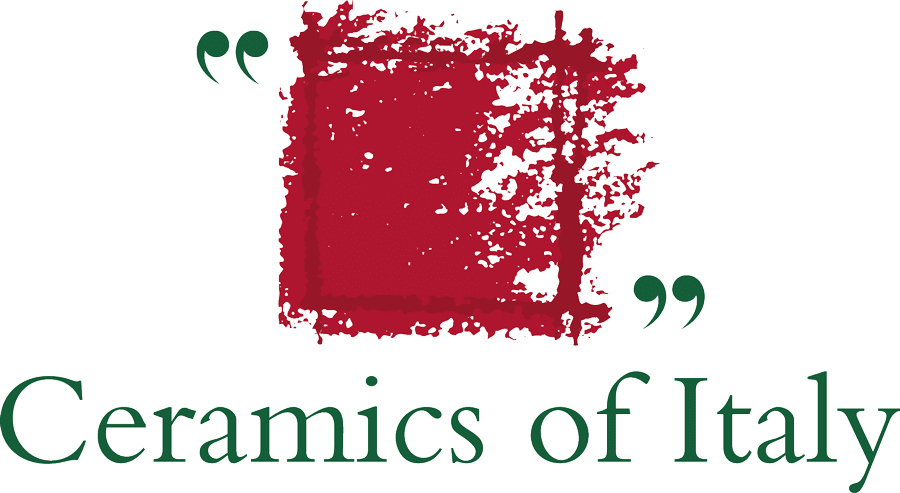Clay products in Mediterranean buildings
Clay bricks and roof tiles play a key role in the sustainability of Mediterranean buildings. As well as being hard-wearing and durable, these building materials are natural heat insulators and are perfectly suited to the region’s climate. Using clay products helps to reduce the environmental impact of buildings in the Mediterranean region and to improve their energy efficiency.
In addition, the ready availability of clay products throughout Italy makes it possible to minimise material transport costs and the corresponding CO2 emissions while at the same time boosting the local economy.
The importance of LCA for buildings
In the LCA (Life Cycle Assessment) analysis of Mediterranean buildings, clay products have been shown to make a significant contribution to sustainability due to their durability and resilience, ease of availability and potential for reuse.
The importance of sustainable urban planning
Sustainability in Mediterranean architecture cannot be achieved without meticulous urban planning. For this reason, it is essential to consider the entire context, including the road system, the distribution of public spaces, accessibility and the preservation of the natural landscape. The creation of more liveable urban spaces with an efficient infrastructure and accessible services improves the quality of life of inhabitants and helps reduce the environmental impact of buildings. Here too, clay products offer environmental benefits at all stages from raw materials extraction through to recycling at the end of the building’s life cycle.
Sustainability and tradition
To achieve the goal of sustainability, Mediterranean architecture must return to its traditions while adopting new measures and technologies. Embracing local building techniques and materials such as clay bricks and roof tiles, introducing environmental rating systems for buildings and improving urban planning are key steps towards a more sustainable future. By adopting these solutions, the Mediterranean architectural heritage can be transformed into a model of sustainability and living quality.



 Architects
Architects
 Construction firms
Construction firms
 Dealers
Dealers
 Installers
Installers
 Public
Public

